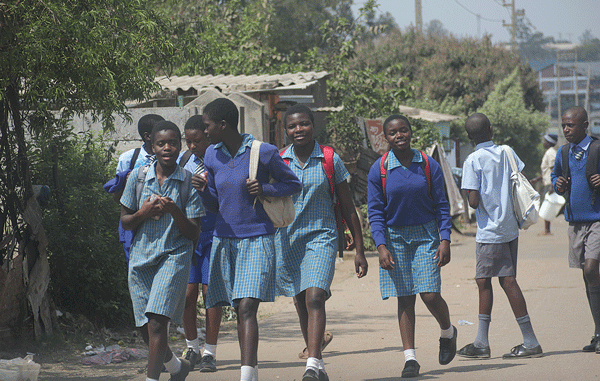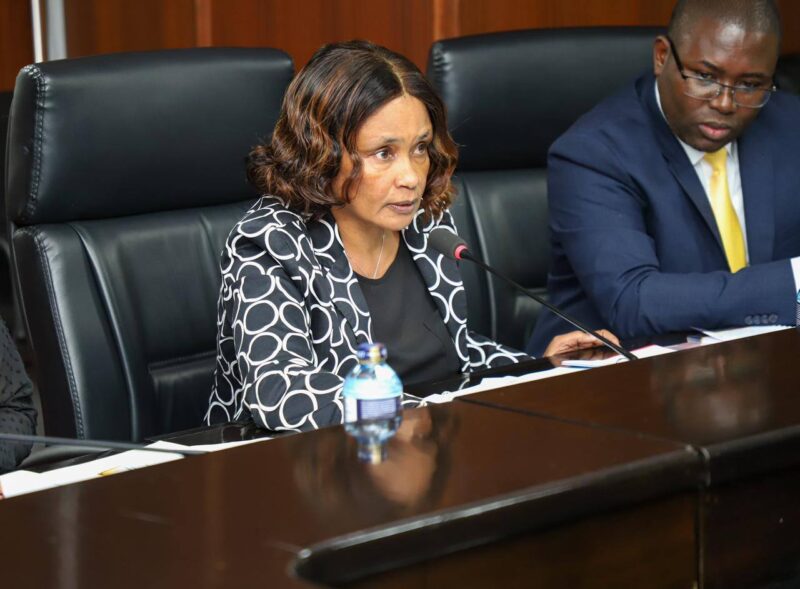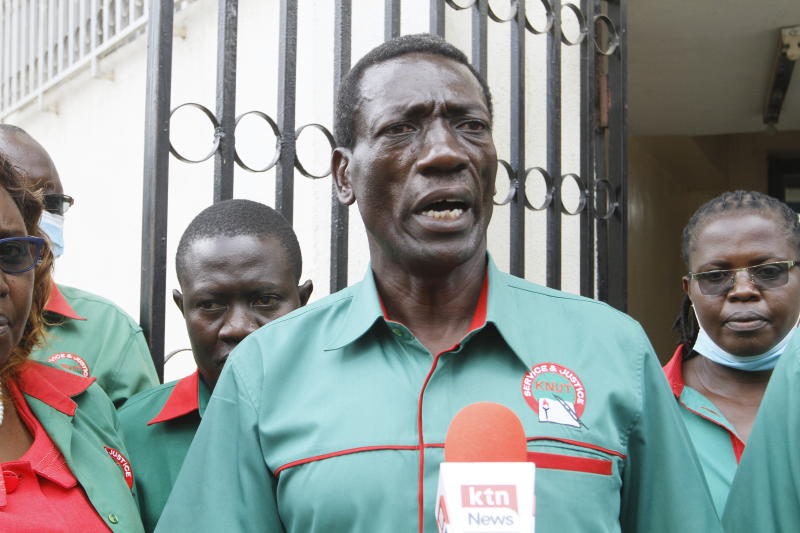As Kenya’s government slashes secondary school capitation, the threat of a mass school dropout crisis looms large. With the per-student allocation reduced by over KSh 5,000 and disbursements delayed, school operations have slowed, and vulnerable learners are at risk of dropping out altogether.
Dr. Emmanuel Manyasa of Usawa Agenda warns that the government’s budget decisions could erase the progress made in increasing school enrollment and retention. Already, many students in marginalized areas are facing hunger, lack of materials, and interrupted learning. “Schools are being asked to feed and accommodate children with virtually no support,” he said.
In Parliament, Kibra MP Peter Orero criticized the state’s unrealistic funding model. “We’re giving students a mere KSh 2,000 to attend schools that need ten times that amount to function properly,” he remarked. With rising food prices and utility bills, many school heads are left with no viable path forward.
Even co-curricular activities are being sidelined, as primary school funding for these programs was cut almost in half. The long-term result, experts warn, is a narrow and exam-centered curriculum that stifles talent development.
Parents, too, are frustrated. Margaret Naliaka from Bungoma voiced concerns about the hidden costs of “free” education. “If I have to buy books, pay for lunch, and sometimes even pay for an extra teacher, what’s free about it?” she asked.
Headteachers are walking a tightrope. Barred from introducing new levies but left without sufficient funds, some are turning to loans to keep operations afloat. Others face disciplinary action for trying to raise funds locally.
Education CS Julius Ogamba acknowledged the crisis, admitting that only part of Term 1’s capitation had been released, with Term 3 funds yet to be disbursed.
As pressure mounts, stakeholders are proposing sweeping reforms, including decentralizing teacher management and merging bursary funds into a single accountable system. Unless bold steps are taken soon, the education system may lose thousands of learners—not to academic failure, but to poverty and mismanagement.




